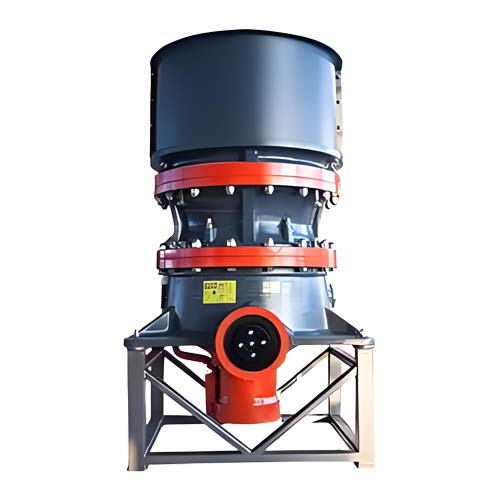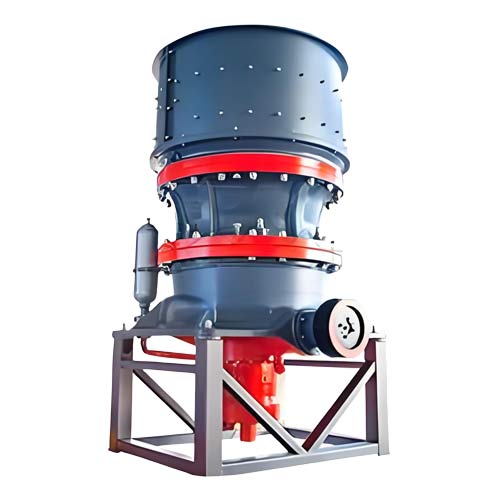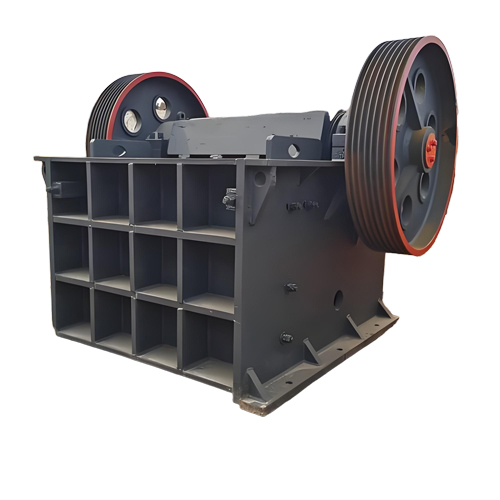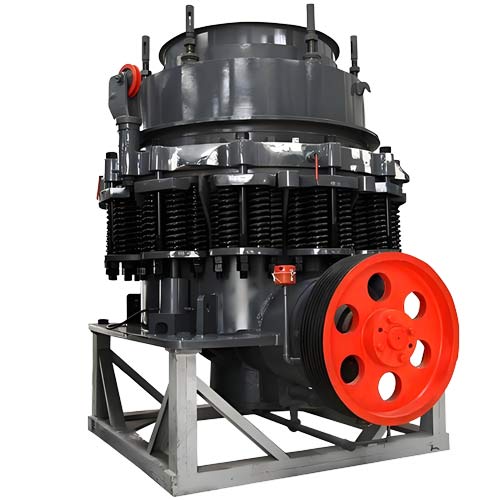Fluorogypsum processing with Raymond mill
Raymond mills can efficiently grind fluorinated gypsum, achieving 80-400 mesh fine processing, saving 30% energy and producing zero dust emissions. This helps it transform into high-value-added products such as cement retarders and self-leveling materials, promoting the green regeneration of industrial solid waste.
Fluorogypsum, a byproduct of sulfuric acid production, primarily consists of anhydrous calcium sulfate. Its resource utilization is of great significance for both environmental protection and economic benefits. Raymond mills, as the mainstream equipment for grinding, demonstrate significant advantages in fluorogypsum production, contributing to its widespread application in building materials, chemicals, papermaking, and other fields.

Compatibility of Fluorogypsum Characteristics and Raymond Mill
Fluorogypsum has a hardness of 6 and low humidity, meeting the processing requirements of Raymond mills (Mohs hardness ≤ 8, humidity ≤ 6%). Raymond mills utilize the principle of suspended roller compaction, utilizing the rolling action of rollers and grinding rings to achieve a finished product particle size (adjustable from 80-400 mesh), meeting the fineness requirements of gypsum powder used in construction and industrial materials. Its vertical structure occupies a small footprint and offers strong system integration, allowing for a self-contained production line from crushing to finished product packaging, making it suitable for large-scale fluorogypsum processing.
Processing Flow and Core Advantages
1. High-efficiency grinding system: After crushing, the raw materials enter the Raymond mill main unit. The scraper lifts the materials to the space between the grinding roller and the grinding ring, where they are crushed and pulverized by centrifugal force. The coarse materials are recycled and re-ground. The qualified powders are screened by the classifier and then enter the cyclone collector, resulting in a uniform finished product.
2. Energy saving and environmental protection: equipped with pulse dust collector, high dust collection rate, fully enclosed grinding process; energy consumption is 30% lower than traditional grinding mills, low power consumption and low noise, in line with environmental protection standards.
3. Intelligent operation and maintenance: Centralized control of the electrical system enables unmanned operation. Core components are made of wear-resistant materials, and the transmission device is enclosed, which simplifies maintenance and extends equipment life.

Application Expansion and Value Enhancement
Fluorogypsum, after being processed by Raymond mill, can be used to produce high-performance materials such as cement retarders, self-leveling flooring materials, and lightweight wall tiles. In the chemical industry, it can be used as a raw material for calcium sulfate whiskers to enhance the mechanical properties of plastics and rubber. In the papermaking industry, it can also improve the whiteness and strength of paper. Resource utilization not only reduces solid waste disposal costs but also creates diverse economic value.
Selection suggestions and precautions
Users should select a Raymond mill model (such as the GK pendulum mill) based on their production capacity needs. Capacities range from a few tons to tens of tons. Equipment suppliers can offer customized solutions to ensure a balance between grinding efficiency and cost. Fluoride content must be strictly controlled during processing, and a dust removal system must be integrated to ensure environmental compliance.
Raymond mill provides an efficient and environmentally friendly technical path for the resource utilization of fluorgypsum, promotes the transformation of industrial by-products into high-value-added materials, and contributes to the development of a green circular economy.
Related Products
Inquiry
Please leave us your requirements, we will contact you soon.





